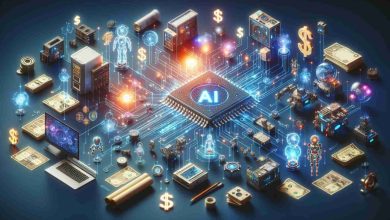The advent of AI has brought about changes in various sectors including education and health

Technology: The advent of artificial intelligence (AI) is transforming various sectors, including education, healthcare, and industry, leading to unprecedented advancements. AI technologies are enhancing efficiencies and capabilities, empowering organizations and individuals alike. However, as these technologies become prevalent, concerns are growing about their impact on marginalized communities. The digital divide is a major challenge, with potentially disadvantaged populations struggling to keep up with rapid technological advancements.
Addressing the gap between digital inequality and AI adoption is critical. Despite extensive public discussion on AI, the barriers to its adoption are largely overlooked. This oversight highlights the emergence of the “AI gap,” which reflects inequalities in access to AI technologies. The term covers three levels: the first level relates to access to AI technology, the second relates to users’ ability to effectively engage with it, and the third relates to the consequences of interacting with AI technologies. One of the fundamental barriers lies in the physical access to technology.
In economically disadvantaged or remote areas, there may be a lack of infrastructure, hindering access to essential resources such as high-speed internet and devices. This lack of connectivity fundamentally prevents many individuals from using AI technologies and reaping their benefits. It is important to recognize the critical importance of internet access to bridge this divide and ensure equal opportunity in today’s tech-driven world.





